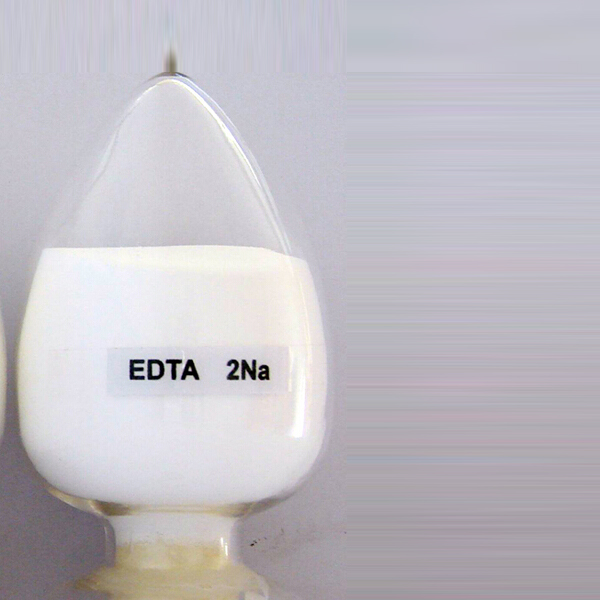
News
Th12 . 20, 2024 04:58 Back to list
micronutrients essential for plants
Micronutrients Essential for Plants A Key to Thriving Growth
Micronutrients are often overlooked when it comes to plant nutrition, yet they play an indispensable role in ensuring healthy growth and development
. While macronutrients such as nitrogen, phosphorus, and potassium typically receive the most attention, micronutrients—required in smaller quantities—are equally vital for the comprehensive life processes that sustain plants.Among the essential micronutrients are iron, manganese, zinc, copper, molybdenum, boron, and chlorine. Each of these elements serves specific functions that contribute to the overall health and productivity of plants. For instance, iron is crucial for chlorophyll synthesis, the compound responsible for the green color in plants and a fundamental component in the process of photosynthesis. Without sufficient iron, plants may exhibit symptoms such as yellowing leaves, particularly between the veins, a condition known as chlorosis.
Manganese is another important micronutrient that supports photosynthesis, respiration, and nitrogen metabolism. It acts as a cofactor for several enzymes, aiding in the breakdown of carbohydrates and the formation of essential compounds. A deficiency in manganese can lead to impaired growth and reduced yield, showing signs such as interveinal chlorosis and brown spots on the leaves.
Zinc is vital for numerous plant functions, including hormone production, enzyme function, and protein synthesis. It plays a crucial role in the regulation of various metabolic processes. Insufficient zinc can lead to stunted growth, reduced leaf size, and abnormal leaf structure, often noted in the form of a rosetting effect in younger leaves.
micronutrients essential for plants

Copper, though required in even smaller quantities, is essential for photosynthesis and is involved in the functioning of several enzymes. It contributes to the plant's overall health by enabling effective lignin synthesis, which is important for cell wall structure and integrity. Deficiency symptoms may include wilting, yellowing of young leaves, and poor plant vigor.
Molybdenum, while required in minute amounts, is critical for nitrogen fixation and protein metabolism. It is a key component of enzymes that convert nitrates into ammonia—a form of nitrogen that plants can utilize. A deficiency in molybdenum can lead to poor nitrogen assimilation, often indicated by the yellowing of older leaves, beginning with the leaf tips.
Boron is essential for cell wall formation and reproductive development. It facilitates the movement of sugars and is vital for the viability of pollen. Deficiency can manifest in various ways, including poor fruit development, barren plants, and the death of growing tips.
Chlorine, meanwhile, plays a supportive role in photosynthesis and helps maintain osmotic pressure and ionic balance within plant cells. Though less frequently a limiting factor, its absence can lead to wilting, leaf discoloration, and overall poor health.
In conclusion, while macronutrients typically dominate discussions around plant nutrition, the significance of micronutrients cannot be overstated. Each micronutrient plays a unique role in enhancing plant health, growth, and productivity. Understanding and addressing micronutrient deficiencies is crucial for optimizing crop yields and sustaining agricultural practices. Gardeners and farmers alike should regularly test soil and foliage to ensure that their plants receive a balanced supply of these essential nutrients, as both deficiency and excess can adversely affect plant performance. By fostering an optimal nutrient balance, we can ensure robust plant growth, contributing to food security and ecological stability.
-
OEM Chelating Agent Preservative Supplier & Manufacturer High-Quality Customized Solutions
NewsJul.08,2025
-
OEM Potassium Chelating Agent Manufacturer - Custom Potassium Oxalate & Citrate Solutions
NewsJul.08,2025
-
OEM Pentasodium DTPA Chelating Agent Supplier & Manufacturer High Purity & Cost-Effective Solutions
NewsJul.08,2025
-
High-Efficiency Chelated Trace Elements Fertilizer Bulk Supplier & Manufacturer Quotes
NewsJul.07,2025
-
High Quality K Formation for a Chelating Agent – Reliable Manufacturer & Supplier
NewsJul.07,2025
-
Best Chelated Iron Supplement for Plants Reliable Chelated Iron Fertilizer Supplier & Price
NewsJul.06,2025
